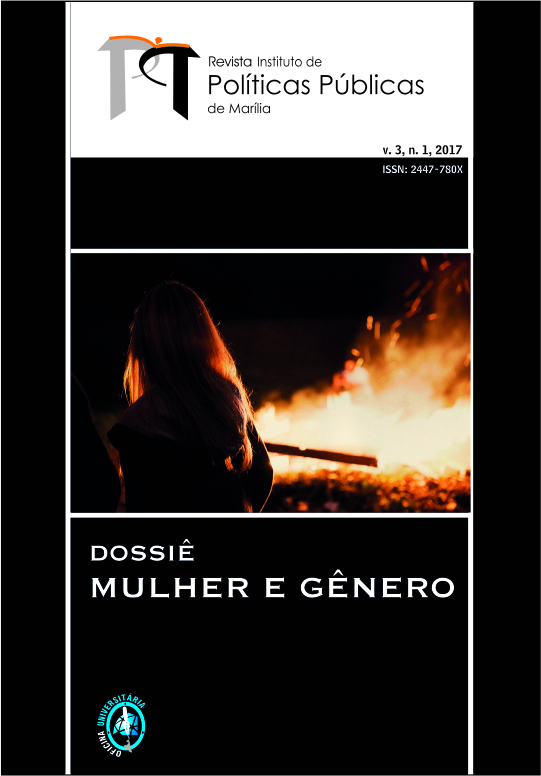Violence against women: a war of the sexes in the arena of the class struggle
DOI:
https://doi.org/10.33027/2447-780X.2017.v3.n1.04.p35Keywords:
Violence, Subalternity of the woman, Class struggle, Battle of the sexesAbstract
This work talks about the violence of the man against the woman. But it mainly deals with cause of this violence. It considers this cause to be historical and finds an explanation which has transformed the role of women into a society of classes. Of socially situated person on the same level as men, it transits - to the extent that the productive forces impose new relations of production - to a subordinate place, because it is not a producer of wealth material. Subalternity is ideological, that is, constructed by a thought that only values that which can become property; ideology is an invention that masks inequality between classes, but this does not make that subalternity less intense or less painful. The class society imposes monogamous marriage, for the benefit of the owner man, and this love, associated with such a relationship, justifies, for them, the violent response to any alleged breach of the rule. Thus, by relegating to the female portion of humanity a social and ideologically subordinate role, class society condemned women to the position of victim of male violence. In a word, class society (edificadora of the class struggle) is the backdrop and the natural arena of the war of the sexes.
Submissão: 2017-05-14
Aceite: 2017-08-21
Downloads
Published
Issue
Section
License
Copyright (c) 2017 Revista do Instituto de Políticas Públicas de Marília

This work is licensed under a Creative Commons Attribution 4.0 International License.
The published document becomes the property of the Revista RIPPMar, with its total or partial reprint being subject to the Creative Commons CC BY license adopted by the journal, and the original publication source must be acknowledged. No submission, evaluation or editing fees are charged.







